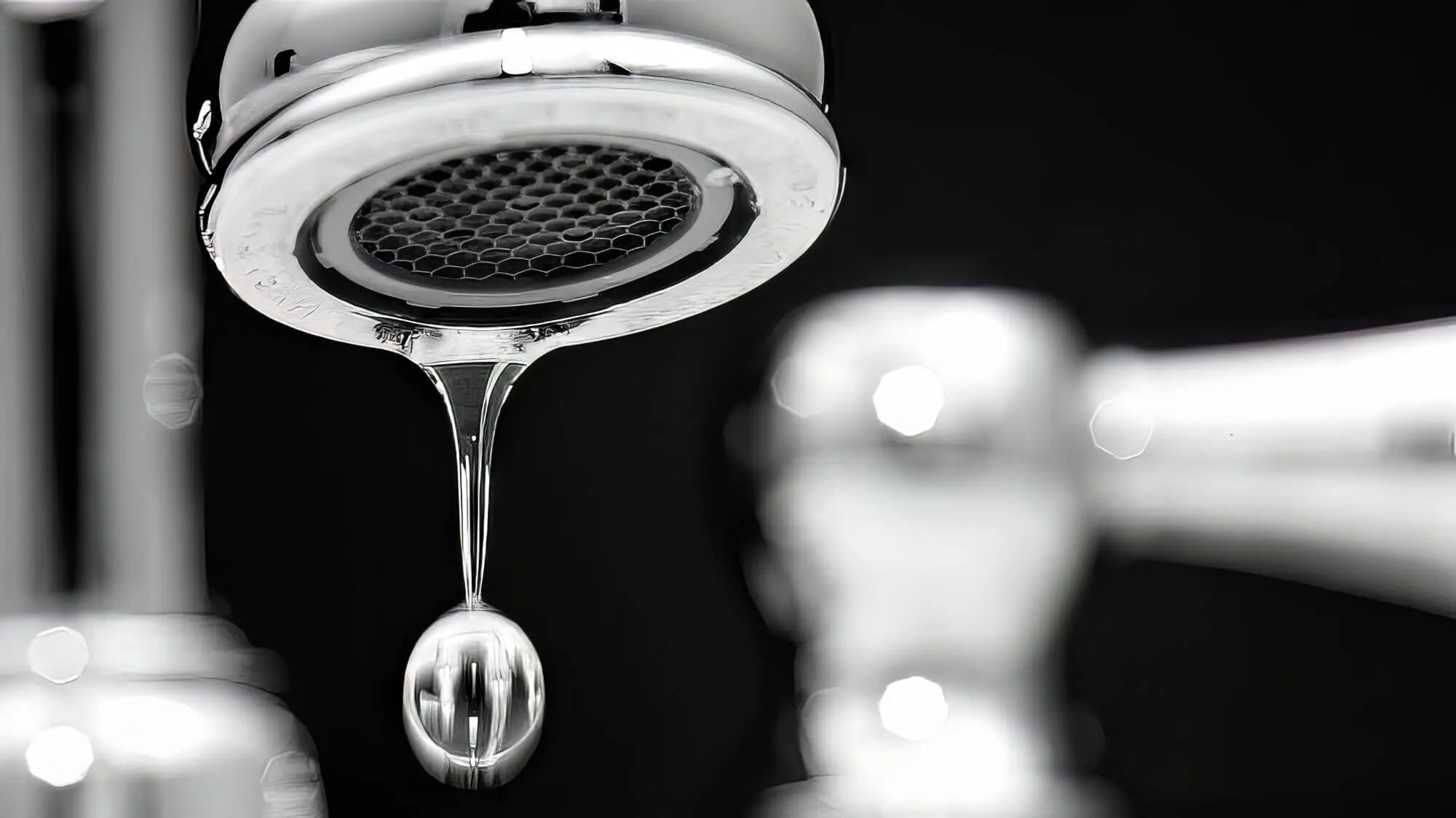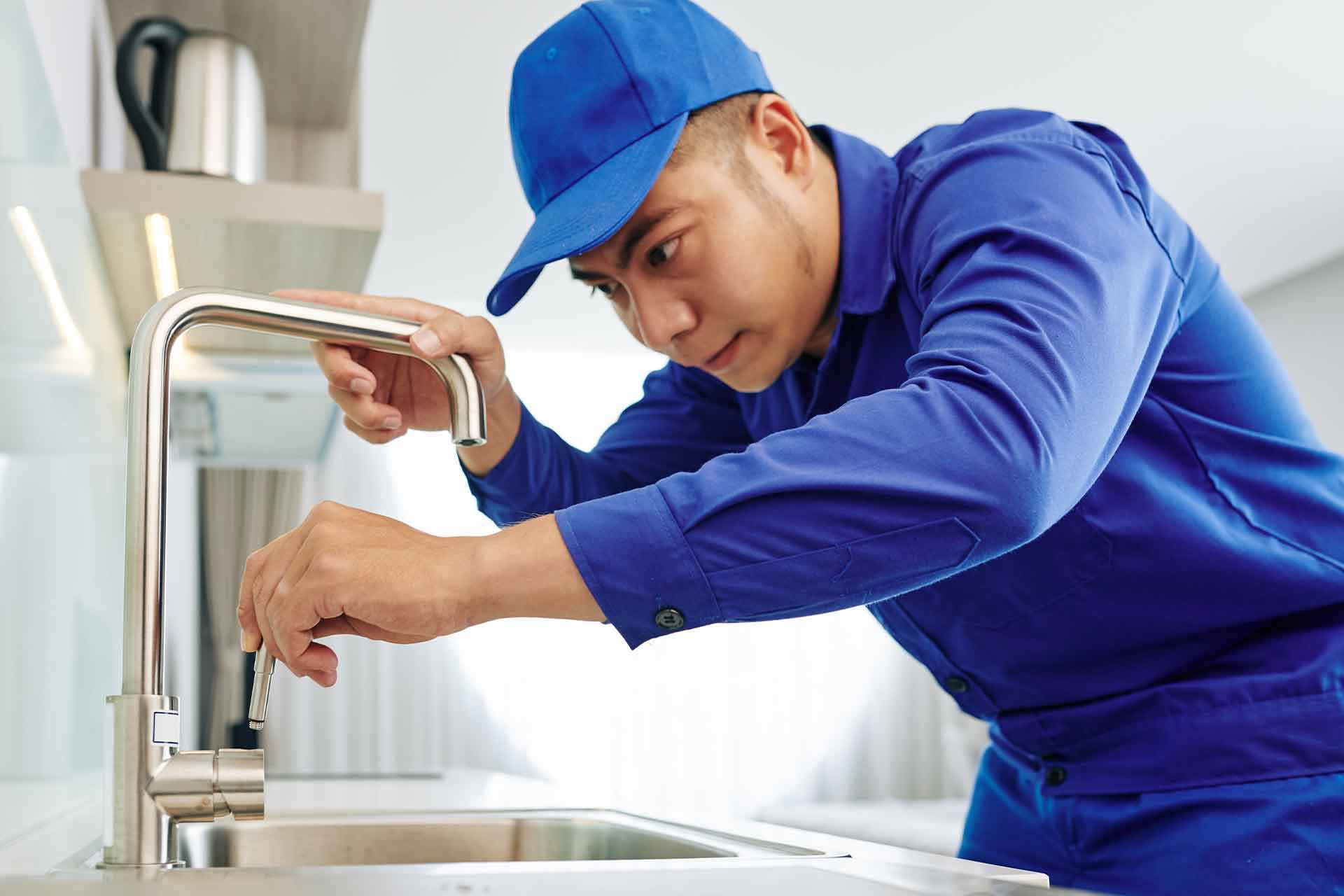Step-by-Step Tutorial on Fixing a Leaky Tap: Professional Advice
Step-by-Step Tutorial on Fixing a Leaky Tap: Professional Advice
Blog Article
We've come across this post pertaining to How to Fix a Leaking Tap Without Getting Professional Help below on the net and decided it made good sense to discuss it with you here.

Intro
A leaky tap is not only aggravating yet can also lose a considerable amount of water and lead to enhanced energy bills. In this step-by-step guide, we'll walk you through the process of taking care of a leaking faucet, permitting you to save water and money while preserving your plumbing system.
Gathering Tools and Materials
Before you begin, gather the needed devices and materials for the fixing. You'll typically need an adjustable wrench, screwdrivers, substitute washing machines or seals, plumber's tape, and a dustcloth or towel to clean up any kind of spills.
Shutting Off Supply Of Water
Locate the shut-off shutoff for the affected tap and turn it clockwise to turn off the supply of water. If you're not able to situate the shut-off shutoff, you may need to shut off the primary water to your home.
Taking apart the Tap
Use a screwdriver to remove the manage of the faucet, revealing the inner elements. Depending upon the kind of tap, you may require to loosen a cap or collar to access the shutoff assembly.
Inspecting for Damages
As soon as you have actually revealed the valve setting up, check it for any type of signs of damages or wear. Common offenders of a dripping faucet include damaged washers, O-rings, or seals.
Changing Faulty Components
If you recognize any type of damaged or damaged components, thoroughly eliminate them using a wrench or pliers and change them with new ones. Be sure to utilize the appropriate dimension and kind of replacement components for your faucet.
Reassembling the Tap
After changing the malfunctioning elements, thoroughly reassemble the tap in the reverse order of disassembly. Make sure that all components are appropriately aligned and tightened to avoid future leakages.
Testing for Leaks
When the faucet is reassembled, turn the water back on and examine the faucet for leaks. If you notice any kind of leaks, verify the connections and tighten them as required.
Guaranteeing Appropriate Functionality
After verifying that the faucet is leak-free, test its capability by turning it on and off a number of times. Make certain that the tap runs smoothly and without any uncommon audios or resistance.
Cleaning Up
Lastly, tidy up any debris or spills from the fixing process and take care of any old or damaged elements properly. Leaving the workspace spick-and-span makes sure an expert finish to your repair work.
Final thought
Taking care of a dripping tap is a fairly simple do it yourself task that can conserve you money on water costs and prevent further damage to your plumbing system. By following this step-by-step overview, you can take on the repair work with confidence and take pleasure in the advantages of a leak-free tap.
Fixing a Leaking Tap: Causes, Solutions, and Water Conservation
Causes and Signs
Worn-Out Washers: The tap washer, rubber or metal, creates a seal within the tap assembly. Over time, the old washer can deteriorate, leading to water seepage and a dripping tap. High Water Pressure: Excessive water pressure can strain tap components, causing leaks. The forceful water flow exerts pressure on the washers and other sealing mechanisms, resulting in a dripping tap. Faulty O-Rings: O-rings, usually made of rubber, provide a watertight seal between moving parts of the tap. If the O-rings become worn or loose, they can cause water to leak, resulting in a dripping tap and potential water damage to your property. Signs of a Dripping Tap
Audible Dripping Sounds: If you hear the sound of water droplets hitting the sink or basin, it’s a clear indication of a dripping tap. Puddles or Stains: Notice any puddles of water or stains around the tap area or on the sink surface. These signs suggest a dripping tap that requires attention. Reduced Water Flow: A dripping tap can affect the overall water flow, resulting in reduced pressure when using the tap. Gather the Necessary Tools
Adjustable spanner Screwdriver – flathead or Philips’s head New washers Towels or rags Turn Off the Water Supply
Find the isolation valve beneath the sink or by the tap and turn it clockwise to shut off the water supply.
Disassemble the Tap
Use a screwdriver to carefully remove the tap handle, exposing the internal components. Take note of the order and arrangement of the parts as you disassemble the tap. This will aid in reassembling it correctly later on. (We recommend taking photos on your phone for a no-fuss solution).
Inspect and Replace the Washer
Inspect the washer located at the bottom of the tap assembly. If it appears worn out or damaged, replace it with a new washer of the correct size and type. This simple replacement can often resolve the dripping tap issue.
Tips for Responsible Water Usage
Regular Inspection and Maintenance: Conduct periodic inspections of all taps in your home to identify potential leaks or drips. Timely repairs prevent water wastage and maintain the efficiency of your plumbing system. Install Water-Efficient Taps: Consider replacing old taps with water-efficient models that are designed to minimise water consumption. Look for taps equipped with aerators and flow restrictors to regulate water flow without compromising functionality. Conscious Water Usage: Develop mindful habits such as turning off the tap while brushing your teeth or soaping your hands. Additionally, use full loads when running dishwashers and washing machines to maximise water efficiency. Monitor Your Water Bill: Keep track of your water consumption by regularly monitoring your water bill. Any sudden increases may indicate a leaking tap or other issues that require attention. When to Seek Professional Help
Persistent Leaks: If your attempts to fix the dripping tap are unsuccessful or the problem keeps recurring, it may indicate an underlying issue that requires professional attention. Complex Repairs: In cases where the tap assembly is intricate, or the repair involves specialised knowledge, it’s advisable to seek professional help to ensure the problem is resolved effectively. https://proudplumbingandgas.com.au/blog/a-complete-guide-to-fixing-a-leaking-tap/

As a serious person who reads about How to Fix a Leaky Faucet, I thought sharing that chunk was appropriate. Are you aware of someone else who is occupied with the topic? Take a moment to promote it. Thanks a bunch for your time. Kindly pay a visit to our site back soon.
Explore Report this page